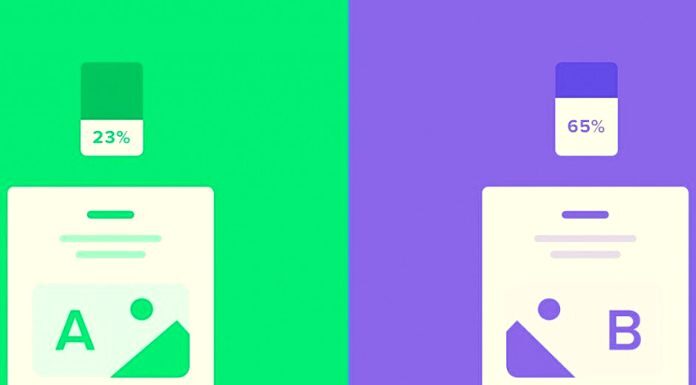Investing in Email Marketing is still an effective way to retain your customers and even conquer new audiences and business opportunities.
Contrary to what many think, email is still a tool widely used by companies, professionals, and even Internet users, which guarantees a direct and very close communication channel between the interlocutors.
Unlike social networks, for example, which have their reach subject to the action of algorithms, Email Marketing allows you to be the owner of your contact list. It ensures that all recipients will receive the message created!
For this message to be compelling, however, the Call to Action of each email must be exciting and attractive so that readers open what was sent.
Next, I’ll show you how A/B Tests can overcome this challenge, offering the possibility to analyze the performance of different types of content about individual reader profiles. Check out!
What Is A/B Testing, And What Is Its Primary Objective?
In a nutshell, an A/B Test is characterized by creating two or more versions of the same marketing campaign, which must be sent to different samples of contacts to analyze which ones are capable of obtaining the best results.
This is a highly efficient and practical way to test the most persuasive features of your emails since the main automated Email Marketing tools already offer features that compare and evaluate the performance between the versions created!
Without applying the A/B Test, it is practically impossible to know precisely which characteristics of your advertising generate engagement with the public. Creating new pieces takes much longer and requires much more resources to get accurate results.
The great objective of any marketing or advertising effort is to increase the number of conversions or the audience loyalty rate. The test is specifically intended to point out which structures need to be changed in your email so that it can achieve these goals with more outstanding excellence.
How Is The Analysis Done Which Results Are Measured?
As I mentioned, the leading Email Marketing automation tools offer excellent means for carrying out A/B Tests. Still, you must remember which factors are a priority in your strategy so they are efficient!
So, first of all, define the most relevant criterion for the tested email, which can include its open rate, click-through rate, the most clicked links, or even the number of conversions obtained.
Remember that this type of priority is very characteristic of each company and can vary according to its marketing strategy since tests can also target secondary factors, such as unsubscribe rates.
Once these factors are defined, a sample is limited and different versions are created for Email Marketing. For example, only relevant details are changed, such as the message subject.
Once this is done, an analysis period is defined. The marketing system will determine which version sent was the most effective within the sample to trigger the winning message among all contacts.
The results measured in this process are based precisely on the priorities defined initially so that the behavior of the analyzed public guides the message that is most aligned with the intended actions with marketing efforts.
It works like this: the tool fires 100 emails. Among them, 50 recipients will receive message A, while the other 50 will receive message B. After a performance analysis, which will follow the defined criteria, the software understands which one had the best performance with the public and sends the “winning” message to the rest of the list!
What Are The Main Advantages Of A/B Testing?
After understanding what an A/B Test is, its objectives, and its application method, its advantages are evident in an Email Marketing strategy!
In summary, by analyzing different message profiles and determining which ones are most effective in persuading the target audience, A/B Tests ensure:
- Greater financial return since the conversion rate will be higher with more efficient messages;
- Time savings about the planning of strategies, which will be supported by accurate data on the behavior of the public;
- Optimization of marketing efforts, which may be based on the specific preferences of readers;
- More excellent knowledge about the target audience and their behavior;
- Better customer loyalty.
Also Read: D2C: What It Is, Advantages, And Marketing Challenges

